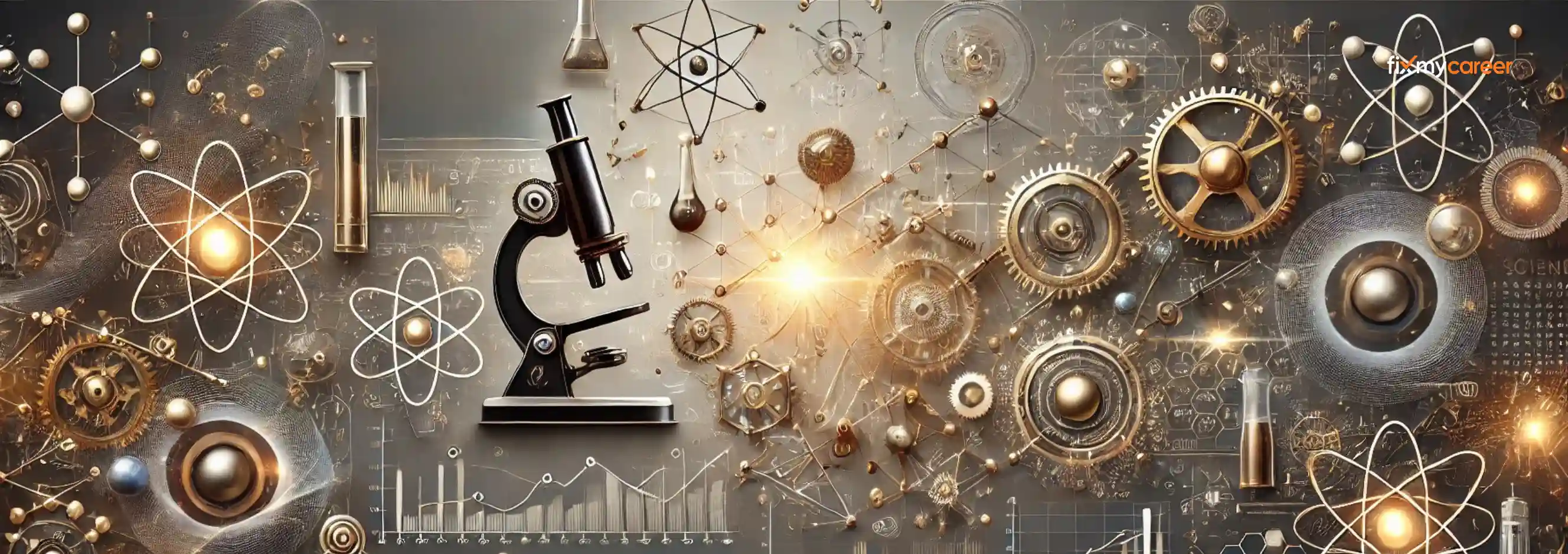Career Overview
A Virtual Reality (VR) Experience Designer creates immersive digital experiences for users through VR technology. This role is pivotal in industries such as gaming, entertainment, education, healthcare, and training, where VR is used to simulate real-world environments or create new, interactive worlds. The designer combines creativity, technology, and user-centered design principles to create compelling and immersive experiences that transport users into virtual environments.
Pathway to Becoming a VR Experience Designer
High School Education: A strong foundation in Mathematics, Computer Science, Physics, and Art is recommended. Choose the Science stream to focus on technical subjects, though Arts can also work with a focus on design and creativity.
Bachelor’s Degree: Pursue a degree in Computer Science, Game Design, Interactive Media, 3D Modeling, Digital Arts, or User Experience (UX) Design. Programs that focus on VR development, 3D animation, or game design are ideal.
Certifications: Obtain certifications in VR-related tools and platforms such as Unity, Unreal Engine, 3D Animation Software (e.g., Blender, Maya), or VR Development. Specialized courses in UX/UI Design for VR can also enhance your skill set.
Internships and Experience: Gain practical experience by working on VR projects during internships or through personal projects. Collaboration with VR studios, gaming companies, or educational institutions can provide valuable exposure.
Master’s Degree (Optional): Consider a Master’s in Immersive Media, Human-Computer Interaction, or Digital Arts to deepen your expertise and access advanced opportunities.
Continuous Learning: Stay updated on emerging VR technologies and software platforms by taking online courses, attending VR development workshops, and engaging with the VR community.
Work Description
As a VR Experience Designer, your tasks may include:
Conceptualizing and designing immersive VR environments and experiences.
Developing 3D models, textures, and animations for VR applications.
Collaborating with developers to integrate interactivity and ensure a seamless user experience.
Conducting user research to understand how users interact with virtual spaces and adjusting designs based on feedback.
Testing VR experiences for usability, performance, and immersion.
Optimizing designs for different VR platforms and devices (e.g., Oculus Rift, HTC Vive, PlayStation VR).
Roles and Responsibilities
Experience Design: Create engaging and interactive virtual environments that captivate users.
3D Modeling and Animation: Develop 3D assets and animations to bring virtual worlds to life.
User Experience (UX) Design: Focus on designing intuitive navigation, user interactions, and immersive elements to ensure a positive user experience.
Prototyping and Iteration: Build prototypes of VR experiences and iterate based on testing and feedback.
Collaboration with Developers: Work closely with VR developers and engineers to integrate 3D assets and interactivity.
Testing and Optimization: Test VR applications for performance, usability, and immersion, making necessary adjustments for different devices and platforms.
Required Skills
Technical Skills: Proficiency in VR development platforms like Unity or Unreal Engine. Knowledge of 3D modeling software such as Blender, Maya, or 3ds Max is essential.
Programming Knowledge: Understanding of programming languages such as C#, C++, or JavaScript for implementing interactivity in VR environments.
Creativity and Design: Strong sense of aesthetics, storytelling, and user-centered design.
User Experience (UX) Design: Knowledge of UX design principles, with a focus on immersive experiences.
Problem-Solving: Ability to troubleshoot design and technical issues in VR environments.
Collaboration and Communication: Work effectively with developers, artists, and project managers to create cohesive experiences.
Attention to Detail: Precision in creating realistic or stylized environments that maintain immersion.
Career Navigation
Entry-Level: Start as a VR Designer, 3D Modeler, or Junior Game Designer by working on smaller VR projects or as part of a team in a gaming studio or tech company.
Mid-Level: Progress to VR Experience Designer, VR Developer, or Lead Designer, where you’ll take on larger projects and more responsibility in design and development.
Advanced Roles: With more experience, transition to senior roles such as Senior VR Experience Designer, VR Project Manager, or Creative Director, where you lead teams and oversee the development of large-scale VR experiences.
Specialization: Further studies or certifications in Augmented Reality (AR), Mixed Reality (MR), or Immersive Media can open opportunities in related fields.
Research and Development: Explore R&D roles in Human-Computer Interaction (HCI) or Virtual Reality Research, focusing on the future of VR technologies.
Career Opportunities
VR is being adopted across many industries, and demand for skilled VR designers is growing. Key industries where VR designers can find opportunities include:
Gaming: Designing immersive gaming experiences for VR platforms like Oculus Rift or PlayStation VR.
Entertainment: Creating interactive virtual environments for movies, theme parks, or live events.
Education: Developing VR learning environments and simulations for educational institutions and corporate training programs.
Healthcare: Designing VR simulations for medical training, therapy, or surgery planning.
Real Estate and Architecture: Creating VR tours and design visualizations for real estate development and architectural projects.
Retail: Developing VR shopping experiences and virtual stores for e-commerce brands.
Average Salary
Entry-Level: ₹4,00,000 – ₹8,00,000 annually in India or $50,000 – $70,000 in the US.
Mid-Level: ₹8,00,000 – ₹15,00,000 in India or $70,000 – $100,000 in the US.
Senior Level: ₹15,00,000 – ₹25,00,000 in India or $100,000 – $150,000+ in the US.
Salaries vary depending on location, experience, and the industry in which you work, with gaming and entertainment typically offering higher pay.
Job Options
VR Experience Designer: Create immersive virtual environments for gaming, entertainment, or education.
3D Modeler/Animator: Design and animate 3D assets for use in VR experiences.
VR Developer: Build interactive elements and functionality for VR applications using platforms like Unity or Unreal Engine.
VR UX/UI Designer: Focus on creating user interfaces and interactions for VR applications.
AR/VR Product Manager: Oversee the development and delivery of VR products, working with designers and developers to meet user needs.
Freelance VR Designer: Work independently on various VR projects for different clients, focusing on entertainment, marketing, or product visualization.
